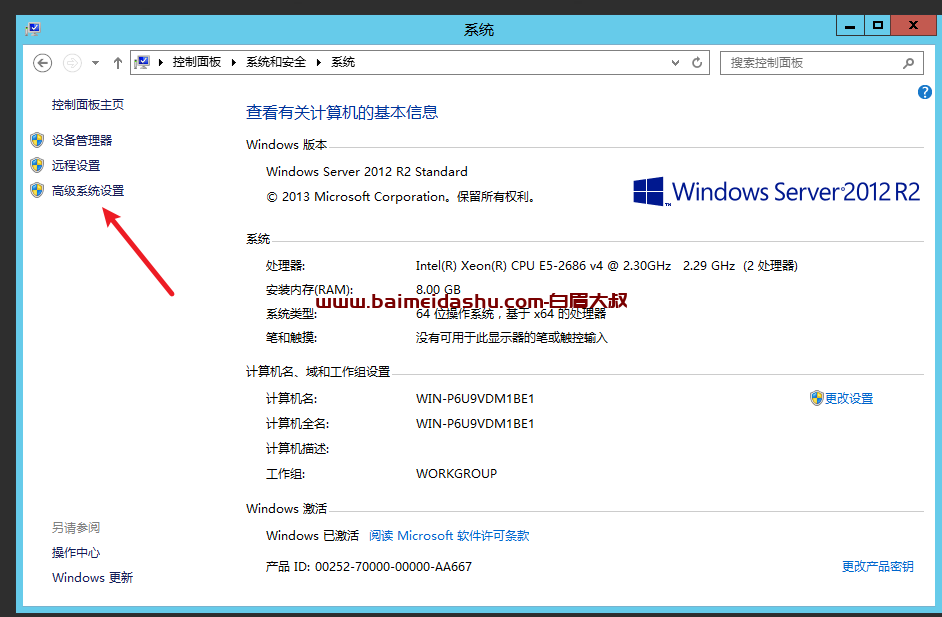user www www;
ginx要开启的进程数 一般等于cpu的总核数,没必要开那么多,1个nginx内存消耗10兆左右
worker_processes 4;
为每个进程分配cpu,上例中将4 个进程分配到4个cpu,当然可以写多个,或者将一 个进程分配到多个cpu。
worker_cpu_affinity 00000001 00000010 00000100 00001000;
每个nginx进程打开文件描述符最大数目 配置要和系统的单进程打开文件数一
致,linux 2.6内核下开启文件打开数为65535,worker_rlimit_nofile就相应,应该填写65535
nginx调度时分配请求到进程并不是那么的均衡,假如超过会返回502错误。我这里写的大一点
worker_rlimit_nofile 100000;
# 开启nginx错误日志
error_log logs/error.log;
告诉nginx只能记录严重的错误
#error_log logs/error.log notice;
#error_log logs/error.log info;
#pid logs/nginx.pid;
events {
# 每个工作进程允许最大的同时连接数(Maxclient = work_processes * worker_connections)
# 默认1024
worker_connections 65535;
`# 告诉nginx收到一个新连接通知后接受尽可能多的连接。
multi_accept on;
# 设置用于复用客户端线程的轮询方法。如果你使用Linux 2.6+,你应该使用epoll。
# 如果你使用*BSD,你应该使用kqueue。
# 值得注意的是如果你不知道Nginx该使用哪种轮询方法的话,它会选择一个最适合你操作系统的
use epoll;
`
}
http {
include mime.types;
default_type application/octet-stream;
log_format main '$remote_addr - $remote_user [$time_local] "$request" '
'$status $body_bytes_sent "$http_referer" '
'"$http_user_agent" "$http_x_forwarded_for"';
`limit_req_zone $binary_remote_addr zone=allips:10m rate=20r/s;
#
#access_log logs/access.log main;
# 这个将为打开文件指定缓存,默认是没有启用的,max 指定缓存数量,建议和打开文件数一致,
# inactive 是指经过多长时间文件没被请求后删除缓存
open_file_cache max=204800 inactive=20s;
# open_file_cache 指令中的inactive 参数时间内文件的最少使用次数,
# 如果超过这个数字,文件描述符一直是在缓存中打开的,
# 如上例,如果有一个文件在inactive 时间内一次没被使用,它将被移除
open_file_cache_min_uses 1;
# 这个是指多长时间检查一次缓存的有效信息
open_file_cache_valid 30s;
# 并不会让nginx执行的速度更快,但它可以关闭在错误页面中的nginx版本数字,这样对于安全性是有好处的
server_tokens off;
# 磁盘和TCP socket之间互相拷贝数据(或任意两个文件描述符)。
# Pre-sendfile是传送数据之前在用户空间申请数据缓冲区
sendfile on;
# 告诉nginx在一个数据包里发送所有头文件,而不一个接一个的发送
#tcp_nopush on;
# 告诉nginx不要缓存数据,而是一段一段的发送,
# 当需要及时发送数据时,就应该给应用设置这个属性,这样发送一小块数据信息时就不能立即得到返回值。
#tcp_nodelay on;
upstream phpServer{
server 172.20.17.210:9000 weight=1 max_fails=2 fail_timeout=3;
server 172.20.17.211:9000 weight=1 max_fails=2 fail_timeout=3;
}
# keepalive超时时间
keepalive_timeout 65;
client_max_body_size 2m;
# 不准许IP直接访问, 直接访问报500错误
server {
listen 80 default_server;
server_name _;
return 500;
}
# 配置虚拟主机,过个server就复制多个
server {
listen 80;
# 开启gzip压缩
gzip on;
gzip_min_length 1k;
gzip_buffers 4 16k;
#gzip_http_version 1.0;
gzip_comp_level 2;
gzip_types text/plain application/x-javascript text/css application/xml text/javascript application/x-httpd-php;
gzip_vary off;
gzip_disable "MSIE [1-6]\.";
# 配置域名
server_name www.xxxxx.com xxxxx.com;
# 配置网站目录
root /usr/local/nginx/html/xxxxx.com;
# 只允许我们的域名的访问
if ($host !~ ^(xxxxx.com|www.xxxxx.com|images.xxxxx.com)$ ) {
return 444;
}
# 配置域名重定向
#if ($host != 'www.xxxxx.com' ) {
# rewrite ^/(.*)$ http://www.xxxxx.com/$1 permanent;
#}
# 限制可用的请求方法
if ($request_method !~ ^(GET|HEAD|POST)$ ) {
return 444;
}
# 如何拒绝一些User-Agents
if ($http_user_agent ~* LWP::Simple|BBBike|wget) {
return 403;
}
# 如何防止图片盗链
location /images/ {
valid_referers none blocked www.xxxxx.com xxxxx.com;
if ($invalid_referer) {
return 403;
}
}
location / {
# 配置rewrite
if (!-e $request_filename) {
rewrite ^(.*)$ /index.php?s=$1 last;
break;
}
# include /usr/local/nginx/html/yphp/.htaccess;
# rewrite ^/(.+)/(.+)[/]?$ /index.php?m=$1&a=$2 last;
# 配置默认访问文件
index index.php index.html index.htm;
}
# 包含虚拟主机公用配置文件
include server.conf;
}
`
}
php-fpm.conf 文件配置优化
[global]
pid = run/php-fpm.pid
process_control_timeout=5
[www]
listen.allowed_clients = 127.0.0.1
user=www
group=www
pm=dynamic
增加 PHP-FPM 打开文件描述符的限制
rlimit_files = 51200
这个配置决定了php-fpm的总进程数,内存小的少设点
pm.max_children=20
并发数越大,此请求数应越大
pm.max_requests=10000
初始php-fpm进程数
pm.start_servers =10
动态方式下的起始php-fpm进程数量(设置太大可能会报错,根据服务器配置设置)
pm.min_spare_servers = 5
动态方式下服务器空闲时最小php-fpm进程数量
pm.max_spare_servers = 10
表示在emergency_restart_interval所设值内出现SIGSEGV或者SIGBUS错误的php-cgi
进程数如果超过 emergency_restart_threshold个,php-fpm就会优雅重启。这两个选项一般保持默认值。
emergency_restart_threshold = 60
emergency_restart_interval = 60s
iptables 防火墙限制用户访问平率 {#0KSFindDIV}
# 下面的例子会阻止来自一个IP的60秒钟内超过15个连接端口80的连接数
/sbin/iptables -A INPUT -p tcp –dport 80 -i eth0 -m state –state NEW -m recent –set
/sbin/iptables -A INPUT -p tcp –dport 80 -i eth0 -m state –state NEW -m recent –update –seconds 60 –hitcount 15 -j DROP
service iptables save
 51工具盒子
51工具盒子




